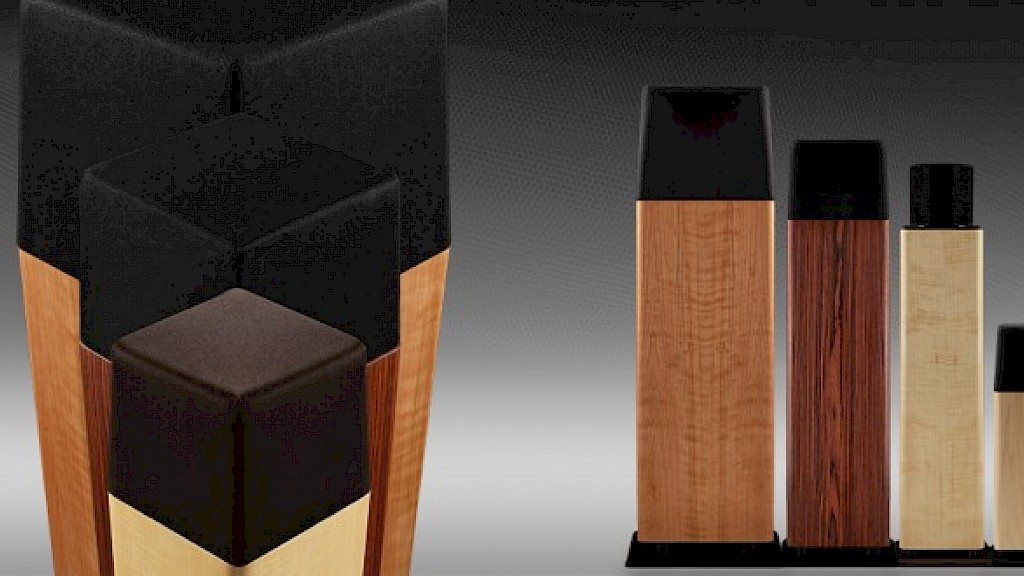Do LPs sound better than CDs? And Why They May.
Yes, often they do; but why?
Many critical listeners have commented that LPs sound better than CDs, even on the same recording. The Amanda McBroom “Growing Up in Hollywood Town” CD and LP were compared for my last blog post, , and the listeners far preferred the LP. Again, why? There are several contributing factors:
• the use of a phono-cartridge and phono-preamp,
• the engineering of the recording and
• the digital and analog technology.
The phono-cartridge and preamp both contribute their own sonic character and are beyond my expertise. I know most sound different, so all cannot be perfect. I believe the engineering of the recording has a bigger impact than the choice of digital or analog technology.
The direct-to-disk recording technique used by Sheffield Labs is the very finest way to record LPs. It eliminates the intermediary electronics at the recording end. While the performers practice, the recording engineers make all their decisions on microphone placement, mixing levels, compression and other effects. Then they cut a track in one pass with no corrections possible. They stop the cutting machines and move on the next cut. They repeat the process to the end of the record. This eliminates all the analog recording problems including a signal-to-noise ratio worse than inherent to the vinyl. And the process eliminates all the problems of matching redubs. The engineers know this LP is being produced for audiophiles, so they try to get an accurate reproduction when played on a good home music system.
This last point is worth explaining a bit more completely. Recordings are made for their potential buyers. If the pop song is usually played in an automobile or over the radio, the dynamic range is intentionally compressed to keep the music above the background noise (from the road or radio waves). Recordings made for mp3 players are the lowest of low. No snobbery here, just the facts!
Knowing that they would probably want to produce a CD as well as a Direct-to-Disk version of Amanda’s “Growing Up in Hollywood Town,” Sheffield engineers simultaneously fed the same signals that were going to the cutting machines into high quality tape recorders. I am not aware of any extra “mastering” that was done to convert it to the CD format, but it does add the problems and limitations of analog tape recording. This minimal processing from a superb performance accounts for this CD’s fine qualities (better than many, many).
The home environment and LPs have similar limitations that make them a great match. Even virgin vinyl has noise, so the quietest passage has to be loud enough to be heard over the noise. The phono cartridge can only move so quickly, so the maximum level must be low enough to prevent the stylus from jumping out of the groove. The difference between these levels is the signal-to-noise limit of vinyl.
Most homes have background noise: lights, fans, air conditioners, neighbors and other sources. The quietest passage should be loud enough to be heard above the noise. Most homes also have a loudness limit due to family members, neighbors and hearing damage. This is also a maximum sound level. This can be considered the home’s signal-to-noise ratio.
Vinyl and homes have very similar signal-to-noise ratios. So, with the best possible LP system, on the very best recording (such as a well-engineered direct-to-disk), you can enjoy everything on the record.
Even though CDs provide a greater signal-to-noise ratio, the question becomes, “What does the recording engineer do with his newfound headroom?” The options are many: allow you to lose the soft passages in the house noise or clip your amplifier or damage your ears on the loud passages? Or all three? Usually, they just make the music pauses have less noise and compress the music for the market they are hoping to reach (mp3s again?).
Toward the end of the “Golden Days of LPs,” many popular records were re-mixed for special pressing with good success. The engineers were aiming at audiophiles who had good systems and good listening environments. These LPs often used a “half-speed” mastering technique and were pressed on thick, virgin vinyl disks to get the best signal-to-noise ratio. These special re-issues did sound much better than the standard mass-market LPs and cassettes then popular for portable players.
This tangentially relates to the issues of the audible differences in digital systems covered in my earlier blog: What We Can and Cannot Hear and the goals of audio reproduction in general. All audio is an illusion. We are tricking the ear into believing something that is not actually there. This is particularly true for stereo, where left/right is crucial. But the enduring mystery is how and why something “sounds” better.
Hope you found this interesting.
Enjoy & Good Listening!
John
Subscribe to Ohm News & Views to get the latest posts in your inbox
John Strohbeen Author
John Strohbeen was the President and Chief Engineer of Ohm Acoustics from 1978-2023.


